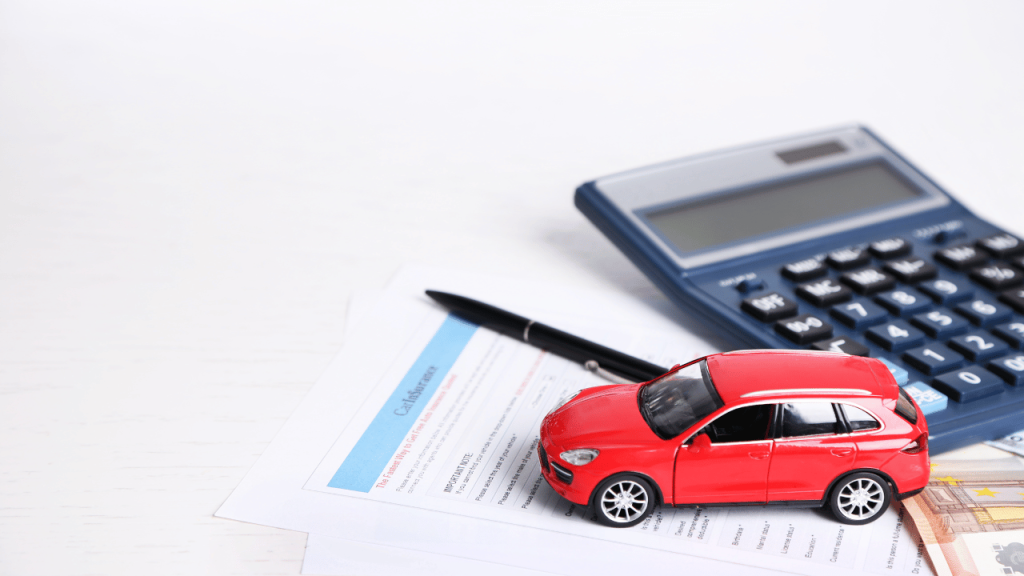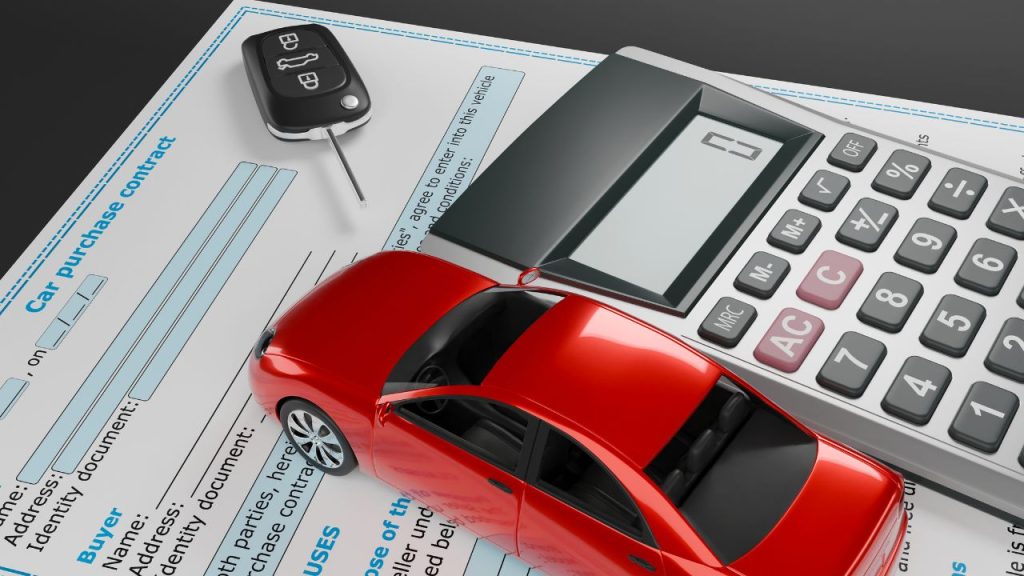Buying a car is a significant financial decision, and Personal Contract Purchase (PCP) has become one of the most popular car financing methods in Ireland and beyond. Why? It’s affordable, flexible, and tailored to modern drivers’ needs. However, despite its popularity, many people are unsure of how PCP works and whether it’s the right choice for them.
This guide breaks down everything you need to understand about PCP, specifically tailored for the Irish market.
What Is PCP (Personal Contract Purchase)?
PCP is a car financing option that offers lower monthly payments and greater flexibility than traditional car loans. It splits the cost of a car into three parts:
- Deposit: An upfront payment, usually between 10-30% of the car’s value.
- Monthly Payments: These cover the car’s depreciation during the term.
- Final Payment: Also known as the Guaranteed Minimum Future Value (GMFV), this is the car’s estimated value at the end of the agreement.
At the end of the term, you’ll have three options:
- Return the car without further financial obligations (subject to mileage and condition).
- Pay the GMFV to own the car outright.
- Trade it in and use the equity as a deposit for your next PCP deal.

How Does PCP Work?
1. Choosing Your Car and Terms
When starting a PCP agreement, you’ll choose your car and set the terms, including:
- Deposit Amount: The higher the deposit, the lower your monthly payments.
- Contract Length: PCP agreements typically last 2-5 years.
- Mileage Cap: Exceeding this limit may result in additional charges.
- Optional Features: Add-ons like extra features can also impact your agreement.
I’ve found that deciding on the mileage cap can be tricky. I always underestimate how much I drive, especially with unexpected road trips or long weekends away. It’s something worth planning for.
2. Initial Deposit
Once terms are agreed, you’ll pay the deposit. This reduces the amount to be financed and helps lower your monthly payments.
3. Monthly Payments
These are based on the car’s depreciation (the value it loses) during the agreement term. Since you’re not paying for the car’s full cost, PCP monthly payments are lower than those of Hire Purchase (HP).
4. End-of-Term Options
At the end of your PCP contract, you can:
- Return the Car: If you no longer need the car or want to avoid the GMFV, hand it back to the dealer.
- Pay the GMFV: Make the balloon payment to take ownership.
- Trade-In for a New Car: If the car’s market value exceeds the GMFV, you can use the difference (equity) toward a new PCP agreement.
I’ve always liked the flexibility that PCP offers. If you get bored of your car (which I do every couple of years), the option to trade it in feels like a no-brainer. It’s almost like having a subscription for your car!
Advantages of PCP
1. Affordability
PCP allows driving a newer or more expensive car for lower monthly payments than traditional loans or HP.
2. Flexibility
PCP allows you to decide at the end of the term whether you want to keep, return, or trade the car. This flexibility is ideal for drivers who enjoy upgrading regularly.
3. Guaranteed Minimum Future Value (GMFV)
The GMFV ensures that your car’s residual value is protected from market fluctuations, reducing financial uncertainty.
4. Frequent Upgrades
PCP suits those who enjoy having the latest car models every few years without the hassle of selling or trading privately.
I’ve always thought the GMFV is like having a safety net. If the car market crashes or something unexpected happens, you’re not left worrying about a massive financial loss.
Disadvantages of PCP
1. Ownership Limitations
You don’t own the car unless you pay the GMFV at the end of the term. Until then, it’s effectively on loan.
2. Mileage and Condition Restrictions
Exceeding your mileage limit or returning the car in poor condition can result in extra charges, so you’ll need to take care of the vehicle and plan your mileage carefully.
3. Balloon Payment
The final GMFV payment can be significant, and if you choose to keep the car, you may need additional financing.

4. Equity Risk
If the car’s market value drops below the GMFV, you won’t have any equity to use for a new agreement.
PCP vs. Other Financing Options
1. PCP vs. Hire Purchase (HP)
- PCP: Lower monthly payments and flexibility at the end, but no ownership unless you pay the GMFV.
- HP: Higher monthly payments, but you own the car outright at the end of the term.
2. PCP vs. Personal Loan
- PCP: Lower upfront and monthly costs but include mileage and condition restrictions.
- Loan: You own the car from the start with no restrictions, but you’ll pay more monthly.
3. PCP vs. Leasing
- PCP: Option to own the car at the end.
- Leasing: No ownership option, but often cheaper for those who prefer switching cars regularly.
Understanding PCP Costs
1. Deposit and Interest Rates
The deposit reduces your financed amount, while interest rates determine your total cost. Comparing rates between dealerships is essential.
2. Mileage Limits
Mileage caps impact your GMFV. Higher limits result in lower GMFVs and can increase your monthly payments.
3. Additional Fees
Consider potential fees for exceeding mileage, damage, or early termination.

An Example of a PCP Agreement
Let’s break down a typical PCP deal for a car worth €30,000:
- Deposit: €3,000 (10% of the car’s value).
- Term: 3 years.
- Monthly Payments: €350 (based on depreciation).
- GMFV: €15,000 (the car’s estimated value after 3 years).
At the end of the term, your options are:
- Return the car without further payments.
- Pay the €15,000 GMFV to keep the car.
- Trade the car in for a new model using its equity.
Tips for Getting the Best PCP Deal
When selecting a car for PCP financing, it is crucial to consider its long-term value and suitability. For more inspiration, explore our top picks for hybrid vehicles that combine style, efficiency, and performance.
- Compare Offers: Different dealerships may offer varying interest rates and terms.
- Negotiate the GMFV: A higher GMFV could lower your monthly payments but leave less equity.
- Choose Realistic Mileage Caps: Estimate your annual mileage to avoid penalties.
- Time Your Purchase: Look for promotional deals or scrappage bonuses.
Things to Consider Before Signing a PCP Agreement
- Affordability: Make sure the monthly payments and potential GMFV fit your budget.
- Driving Habits: High-mileage drivers may face steep penalties or unsuitable agreements.
- Depreciation Risks: Understand how the car’s depreciation affects your equity.
- Future Plans: If you plan to keep the car, consider whether PCP is the most cost-effective option.
PCP in Ireland: What Makes It Unique?
PCP is particularly popular in Ireland, accounting for a significant portion of new car financing. Key features of PCP in the Irish market include:
- Scrappage Deals: Irish dealers often offer bonuses for trading in older cars, which can be your deposit.
- Regulations: Agreements are regulated by the Central Bank of Ireland, ensuring consumer protection.
- Market Trends: PCP is a favourite among Irish drivers for its affordability and flexibility.
Is PCP Right for You?
PCP can be a great choice if you value flexibility, lower monthly payments, and the ability to drive a new car regularly. However, it’s essential to understand its terms, costs, and restrictions to decide if it’s the right fit for your lifestyle.
Before signing a PCP agreement, consider your driving habits, financial situation, and long-term plans. With careful planning, PCP can be a smart and affordable way to drive your dream car.
PCP Financing FAQs
You may be charged per mile over the agreed limit, so estimating your mileage accurately is essential.
Yes, but early termination fees may apply. Check your contract for details.
No, PCP is also available for used cars, though terms may vary.
The GMFV is set initially, but you can often negotiate other aspects of the deal.
A good credit score is typically required for favourable terms, but options exist for those with less-than-perfect credit.

Ciaran is an automotive enthusiast with a Bachelor of Arts Honours degree in Creative Digital Media from MTU in Ireland and over three years of experience in digital marketing. His unique background combines a love for storytelling with a strong grasp of engaging content creation, making complex car topics relatable and easy to understand. Through years of managing this blog, Ciaran has expanded his automotive knowledge while helping everyday drivers gain new insights.
Passionate about demystifying the driving world, Ciaran focuses on simplifying car trends, tech updates, and practical driving tips. He believes that everyone should feel confident and informed behind the wheel, offering content that empowers readers to make smart, well-informed decisions.




